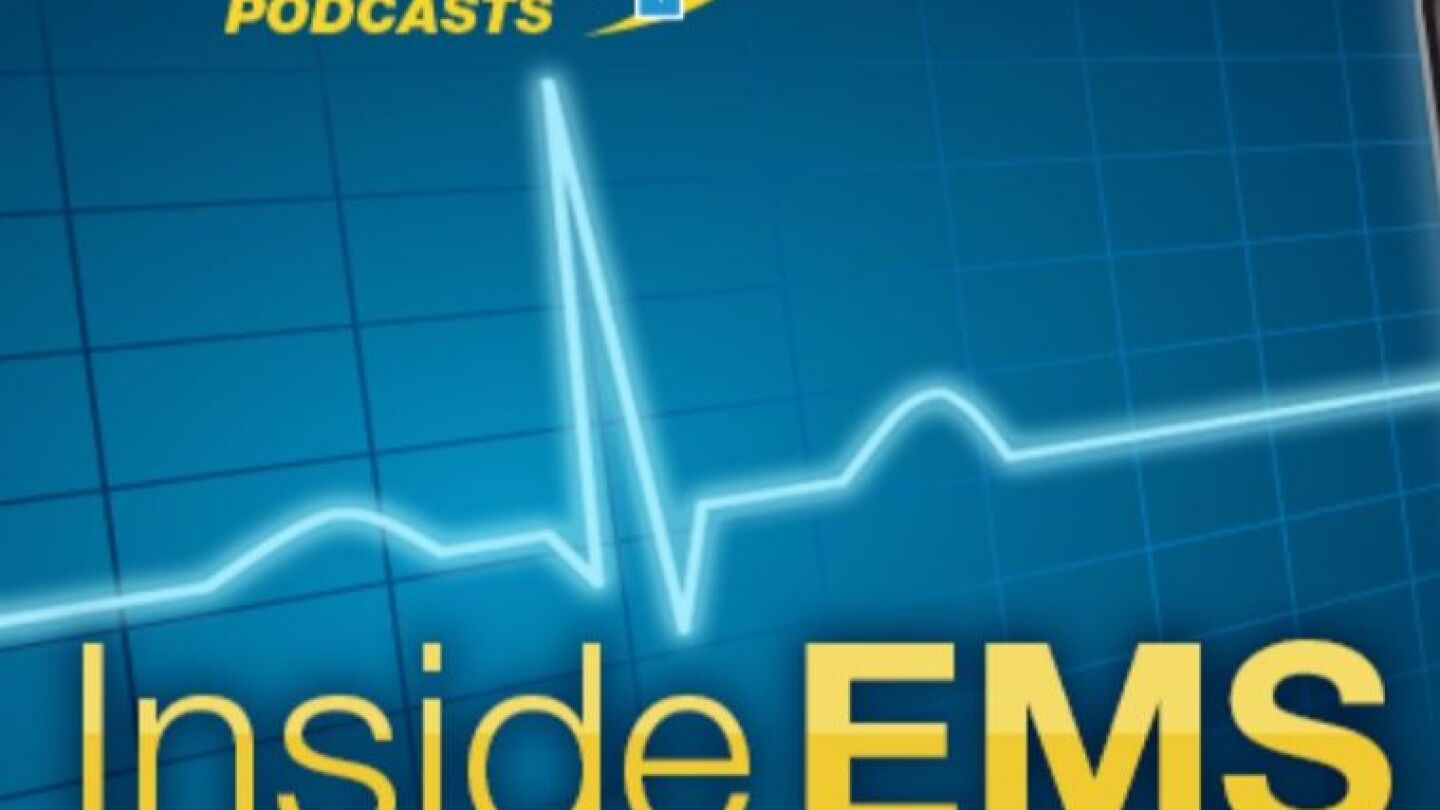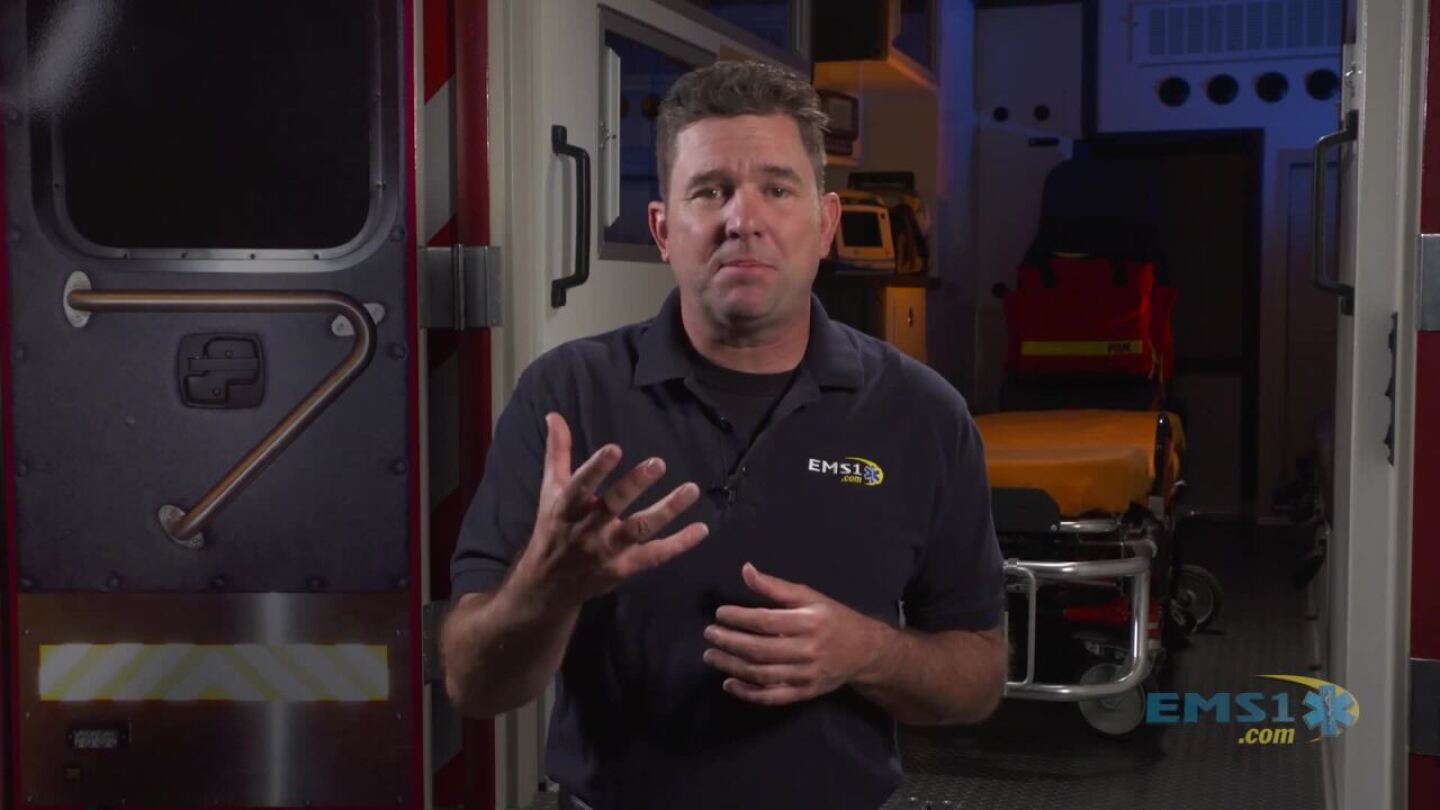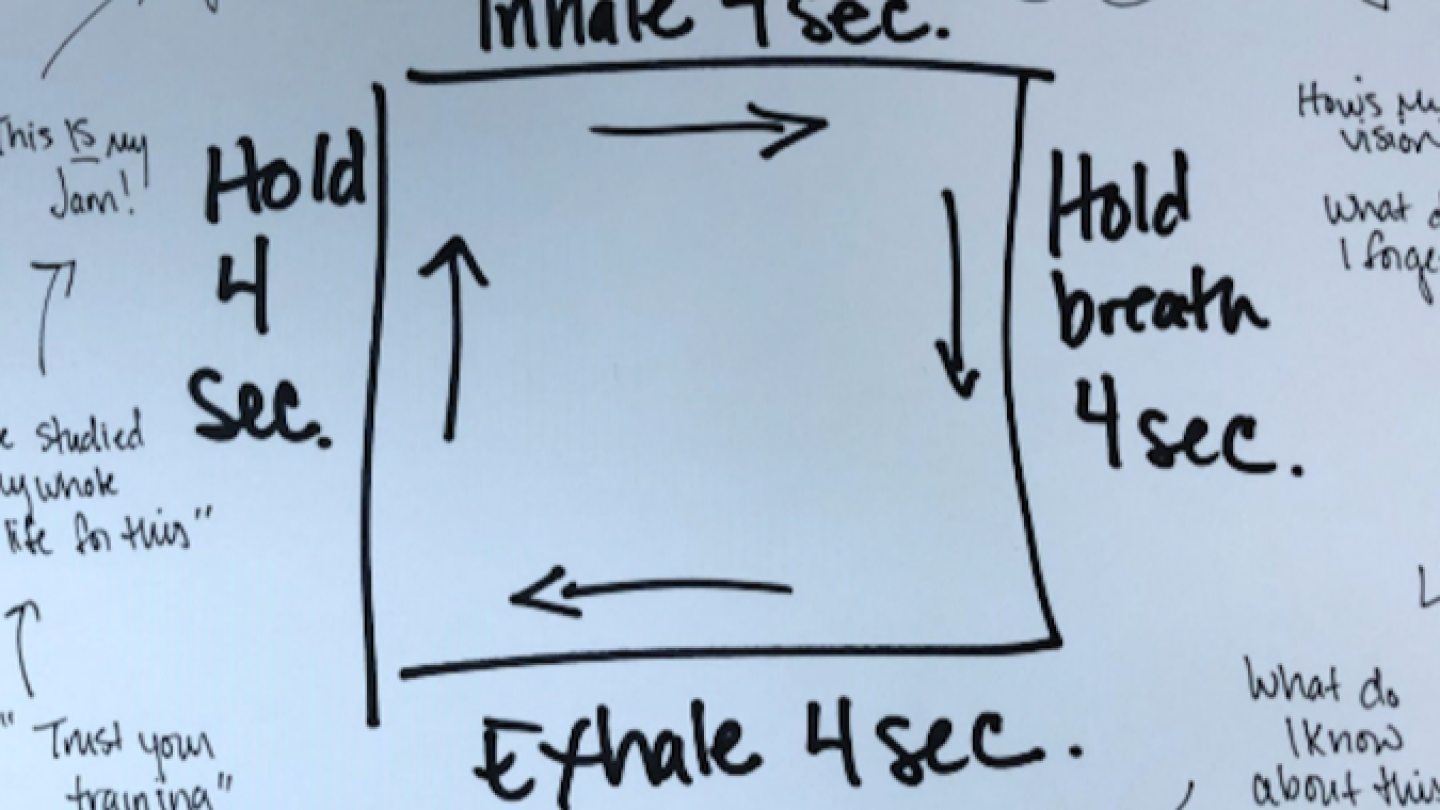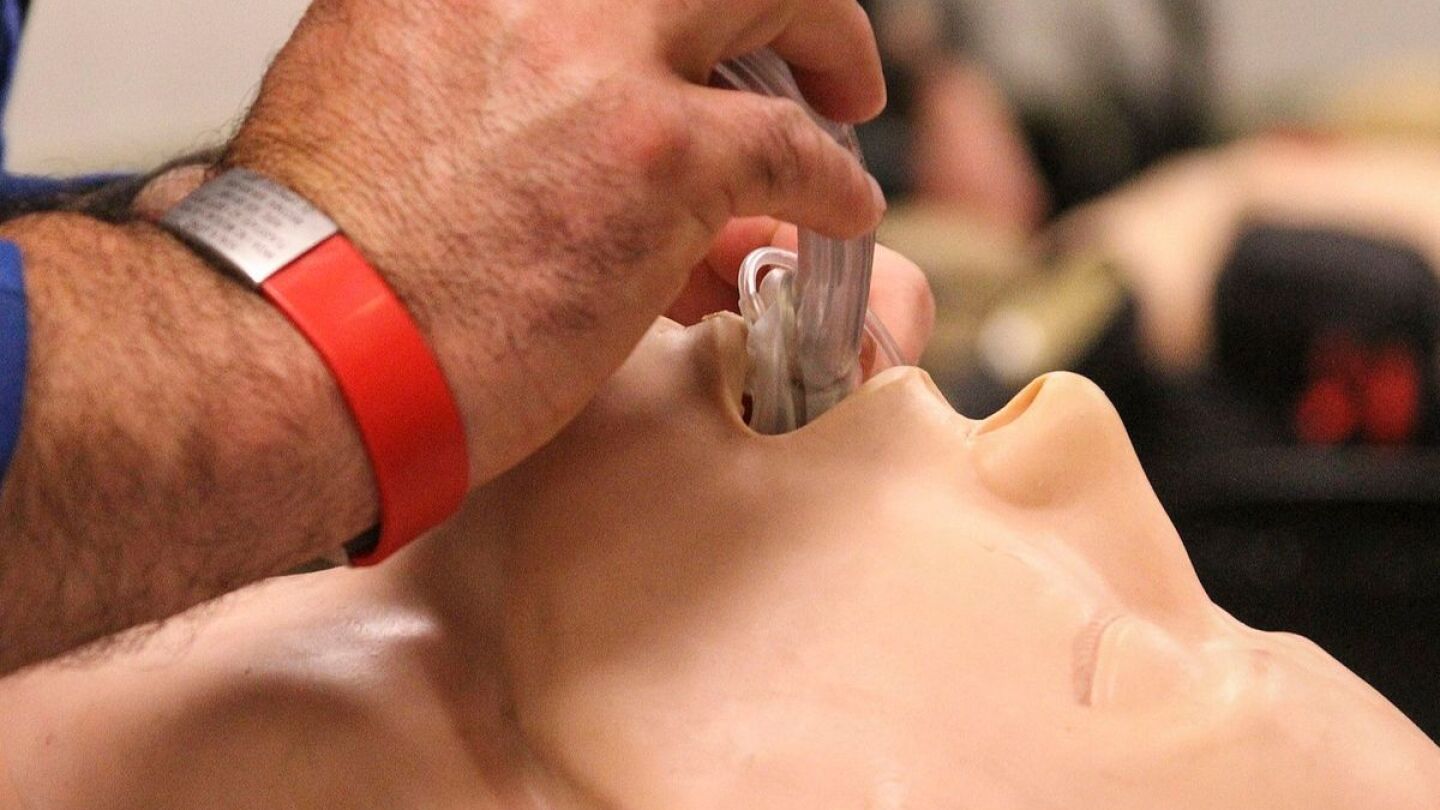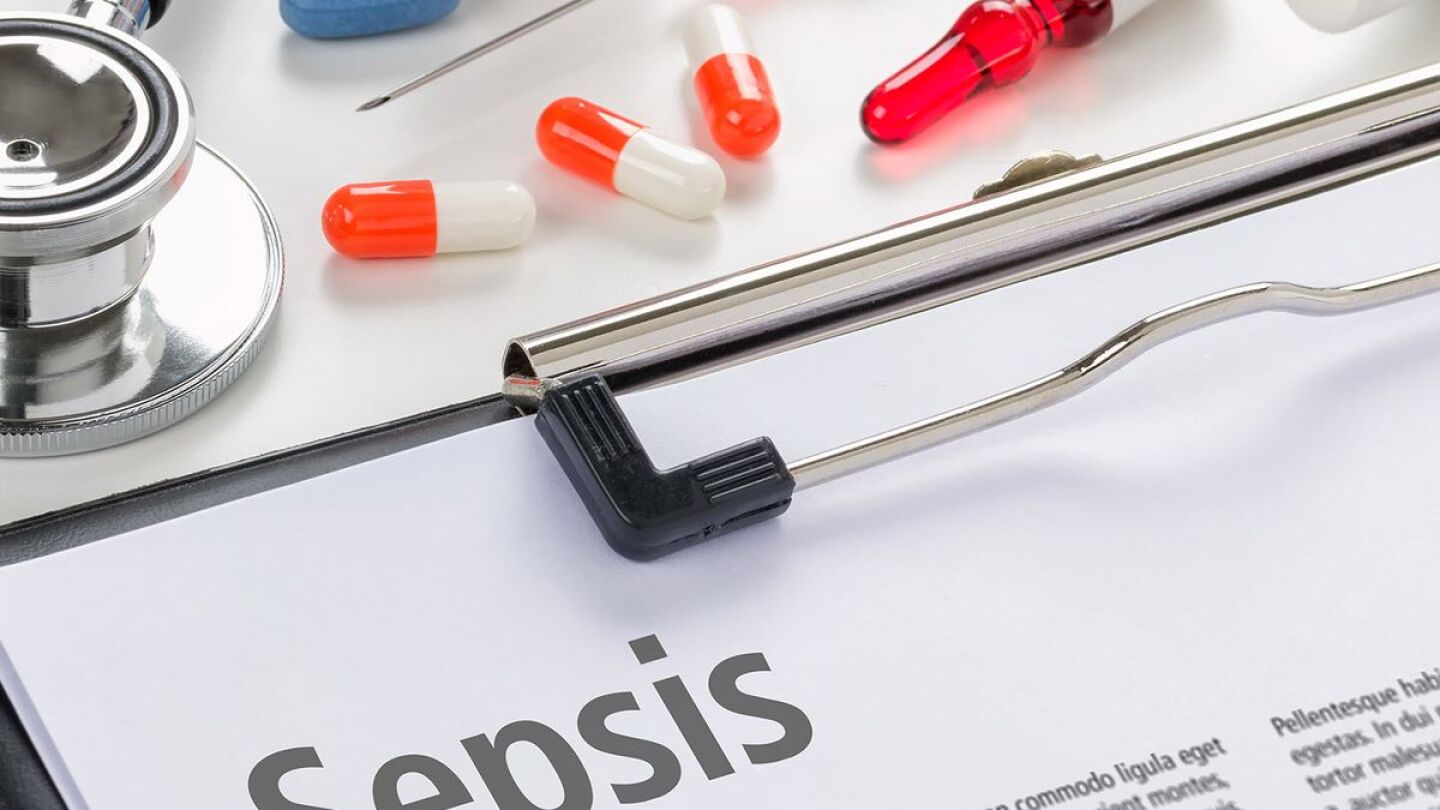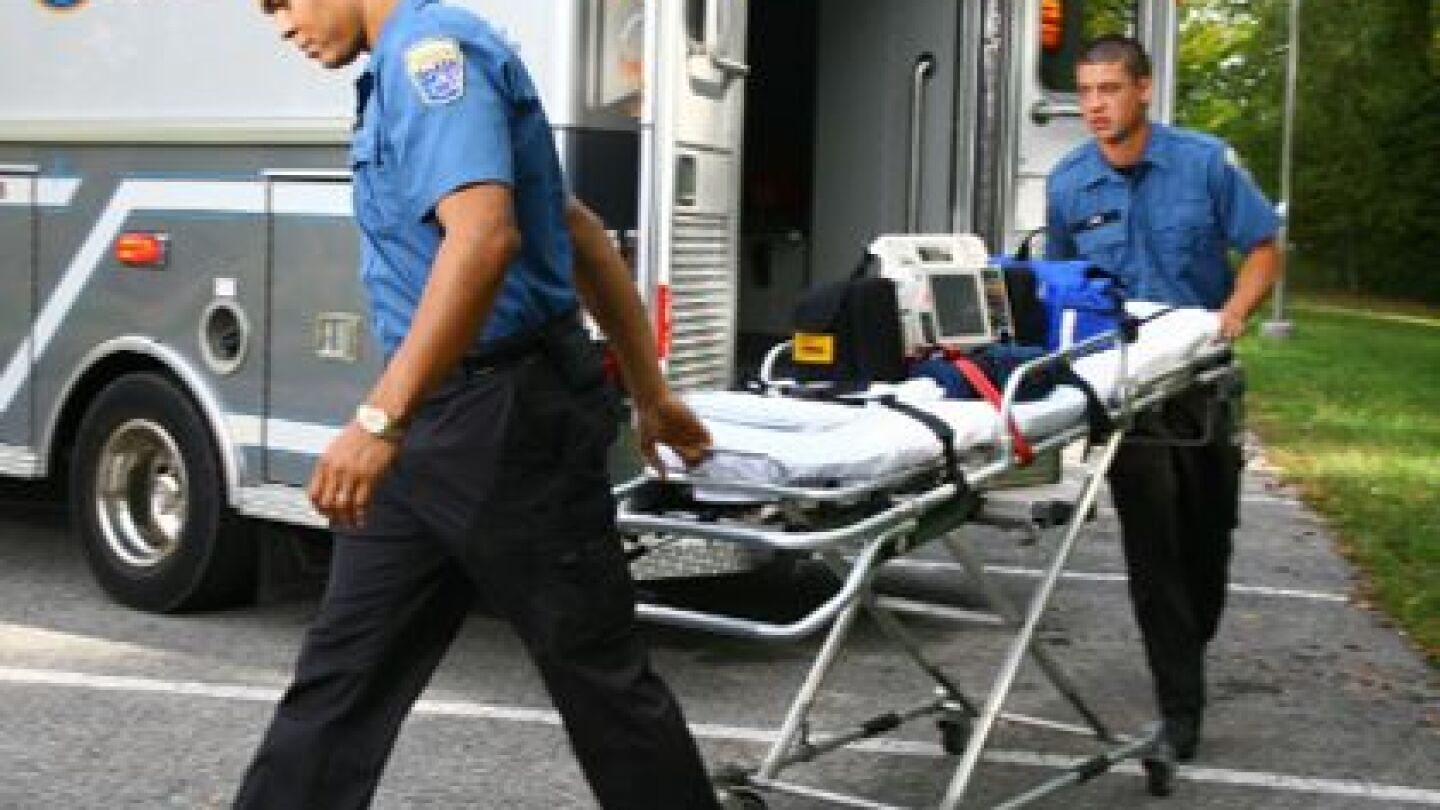Capnography
Discover our directory of articles on Capnography in EMS, designed to equip professionals with the knowledge needed to effectively monitor and interpret end-tidal CO2 levels. This collection covers capnography in various scenarios, including respiratory emergencies, cardiac arrest, and airway management. Understanding capnography is essential for making informed decisions in critical situations. For more insights, explore our resources on Airway Management. Stay informed and improve your patient care with our expert guidance on capnography.
Four distinct events must occur in order for an anaphylactic reaction to manifest
Day 1 of the Wisconsin EMS Association conference featured sessions on sepsis, electrolyte imbalances, facial trauma and traumatic amputations
New solutions for higher standards of care
The Indiana EMS Commission approved statewide changes to the skills EMTs can use in the field, which will go into effect on March 1
In this episode, our co-hosts discuss the hype around the Wuhan coronavirus and the responsibility of EMS providers to educate the community on public health concerns
In this episode, our co-hosts discuss the pros and cons of intubation in the field and if it’s time to end the practice
3 EMS physicians highlight the challenges that prevent a consensus on endotracheal intubation across EMS systems and the importance of case review
In this episode, our co-hosts welcome Medtronic’s Holly Stewart, who explains the history of capnography and offers insight into its use for DKA and sepsis monitoring
Flight physician Cynthia M. Griffin shares lessons learned from an emergency surgical cricothyrotomy performed in a prehospital setting
We are beginning to see the initial correlations with COPD that vaping has on our patients’ overall health and respiratory disease exacerbation
Pre-oxygenate, evaluate for LEMONS and position a patient of any size correctly to help secure an airway
We’ve all heard about getting ‘back to the basic,’ but sometimes paramedics need to make sure they get back to the advanced, as well
CPAP should be used as a noninvasive positive pressure ventilation tool early on in a treatment regimen for respiratory distress
Our co-hosts discuss airway management and its important role in EMS, including common misconceptions and the standard all providers should strive for
A case study in opioid overdose complications, management strategies and provider safety
Design your training scenario to include increasingly complicated sepsis symptoms to test EMS providers’ differential diagnosis skills
Learn how to assess, monitor and manage pediatric asthma emergencies, as well as underlying pathophysiologic changes
Teach EMS providers the benefits of waveform capnography in cases involving dyspnea and altered mental status, and before performing advanced airway management
Use high-fidelity patient simulation to teach ALS providers the danger and assessment of unplanned extubation
Titrating naloxone through an intranasal dose through a nebulizer and monitoring with capnography can reduce the risks of opioid withdrawal symptoms to the patient and EMS provider
Dr. Dan Spaite shares how to avoid the potential pitfalls in positive-pressure ventilation, hyperventilation and over-ventilation
The flipped classroom is an inquiry-based learning strategy designed to improve student engagement, discovery and outcomes
A study of over 5,000 intubations demonstrates the value of continuous quality improvement
Take our 5-minute quiz to find out how your assessment skills measure up
Assign someone to monitor the patient’s airway visually and with capnography using these five tips
When a patient’s life is in your hands, you need to know the risk factors, signs and symptoms of PE
Capnography experts will answer some of the most common questions first responders have
Through the EPIC treatment, EMS providers are taught to focus on the three H-bombs to prevent further damage to head injuries
A national database examining five metrics in evidence-based care gives EMS a framework to improve tactics, efficiency, outcomes and resource allocation






